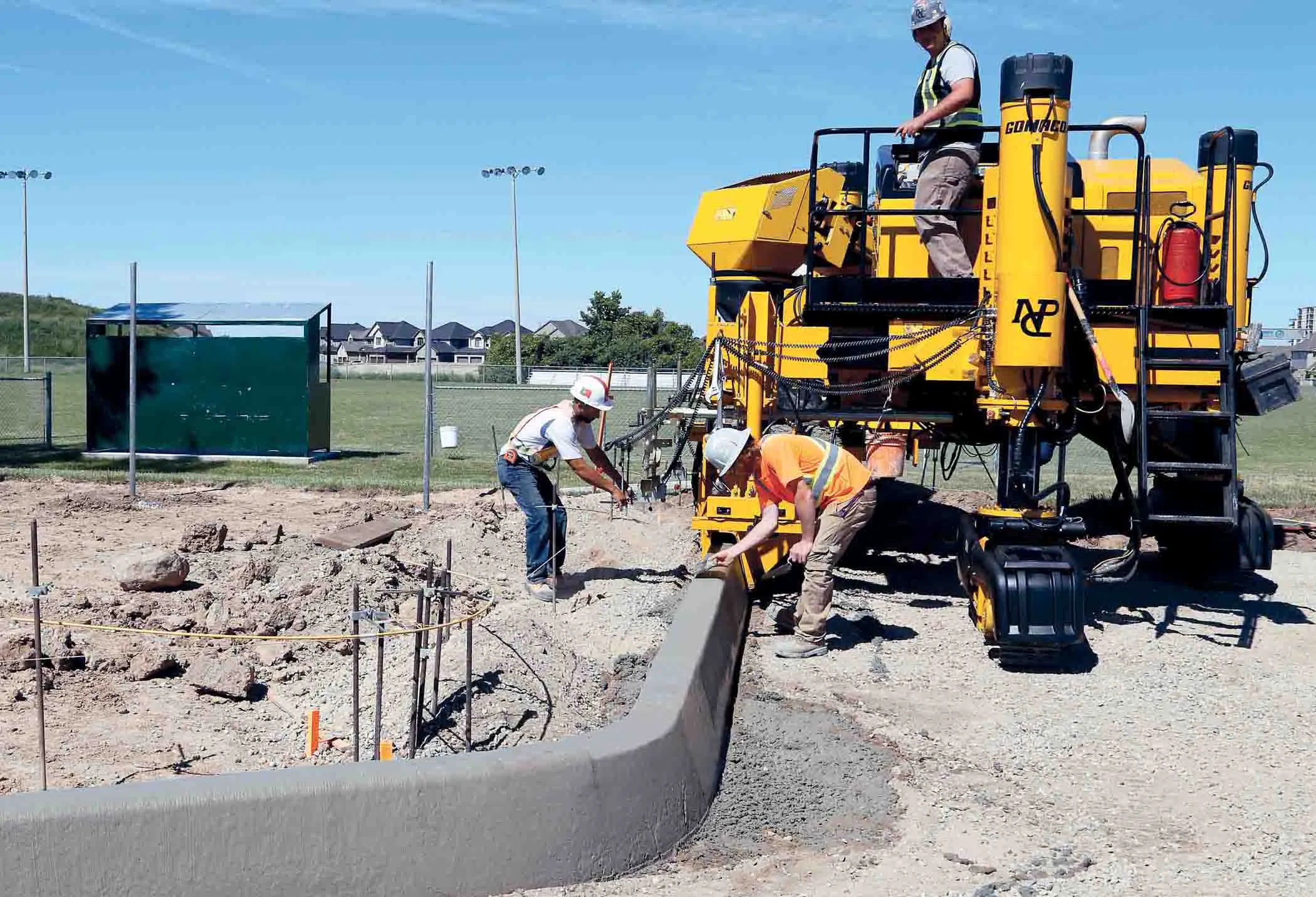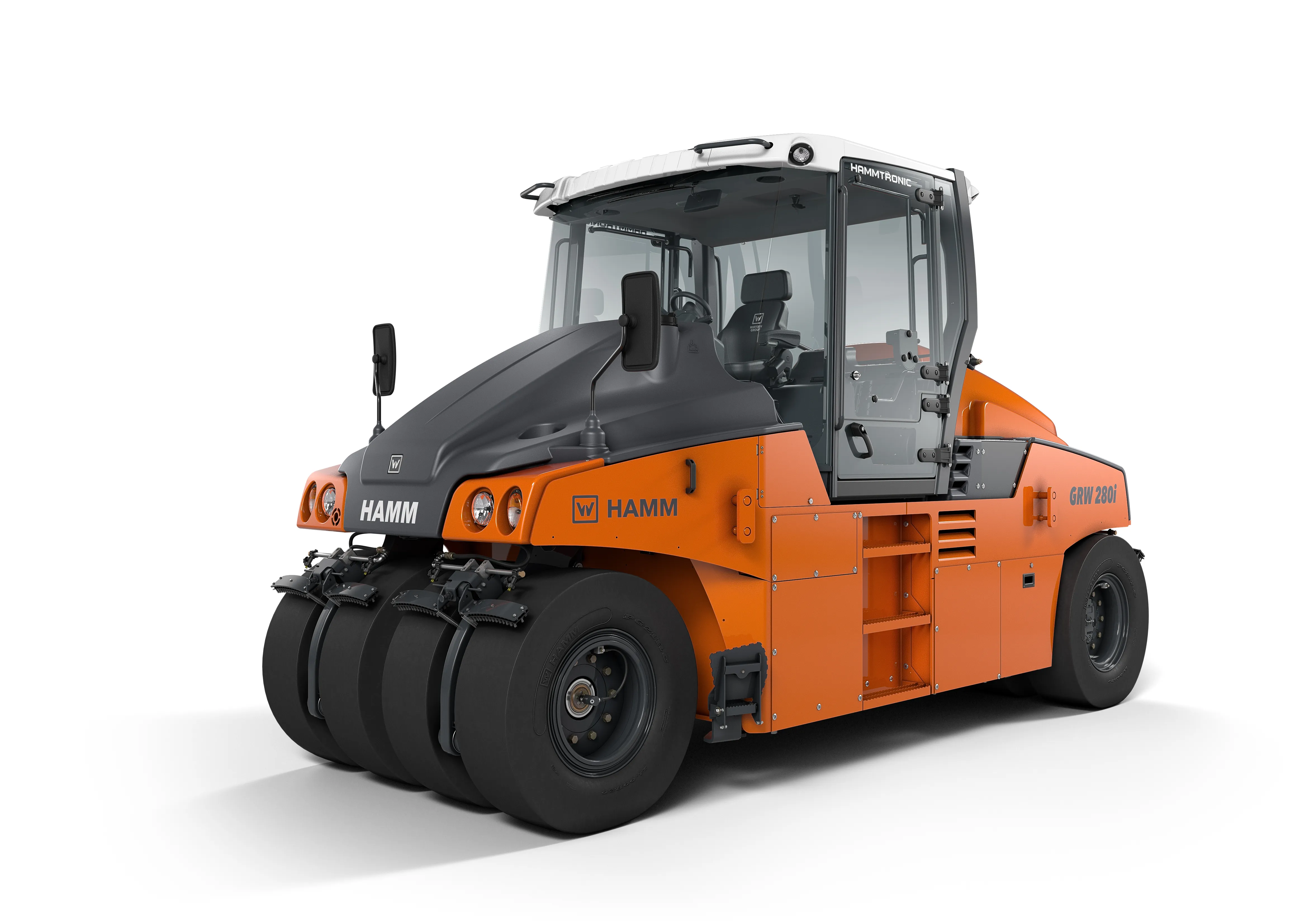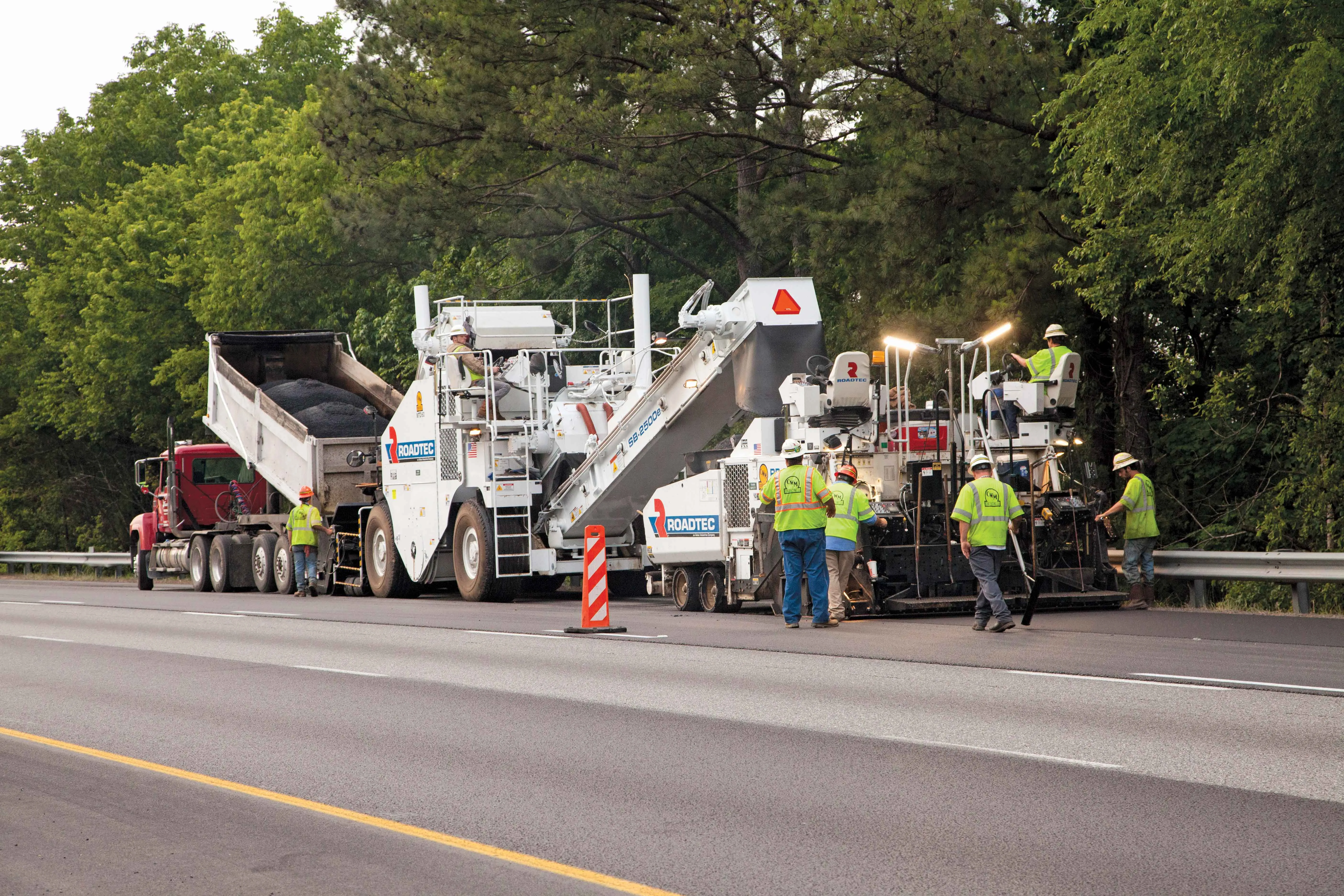From the Netherlands comes a new vehicle said to be equally at home on a twisting stretch of road, or in the air. Its name, the Personal Air and Land Vehicle (PAL-V) stumbles rather than trips off the tongue but despite the clumsiness of its moniker this curiosity is said to be as agile in the air as it is on the road. The PAL-V can be driven on the road as a slim and trim three wheeled vehicle that leans into corners like a motorcycle. Meanwhile it can also be flown as an autogyro, requiring a runway just
June 20, 2012
Read time: 2 mins
From the Netherlands comes a new vehicle said to be equally at home on a twisting stretch of road, or in the air. Its name, the Personal Air and Land Vehicle (PAL-V) stumbles rather than trips off the tongue but despite the clumsiness of its moniker this curiosity is said to be as agile in the air as it is on the road. The PAL-V can be driven on the road as a slim and trim three wheeled vehicle that leans into corners like a motorcycle. Meanwhile it can also be flown as an autogyro, requiring a runway just 165m long to take-off. Although it resembles a helicopter, the autogyro’s rotors are not directly driven and generate lift by windmilling as the PAL-V is pushed through the air by its rear-mounted engine. On the ground, the rotors and propeller fold out of the way and the enclosed vehicle is driven by its wheels, while a sophisticated suspension system allows it to lean into corners. Test flights have been completed and the company is looking for investors to develop the PAL-V further. The firm has also had interest in the PAL-V from private individuals although the company is also hopeful of orders from the emergency services or military for this lightweight and versatile vehicle.









